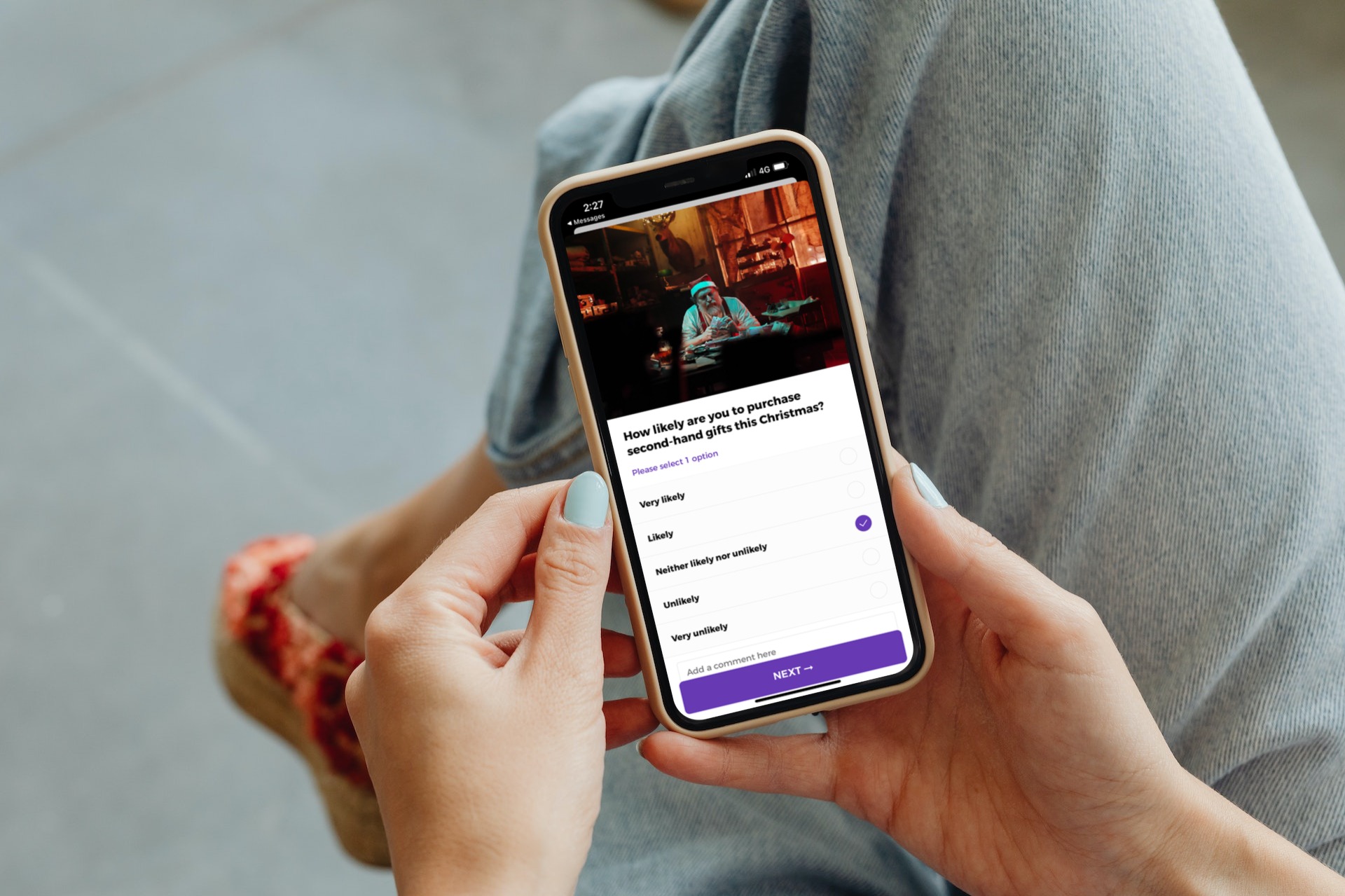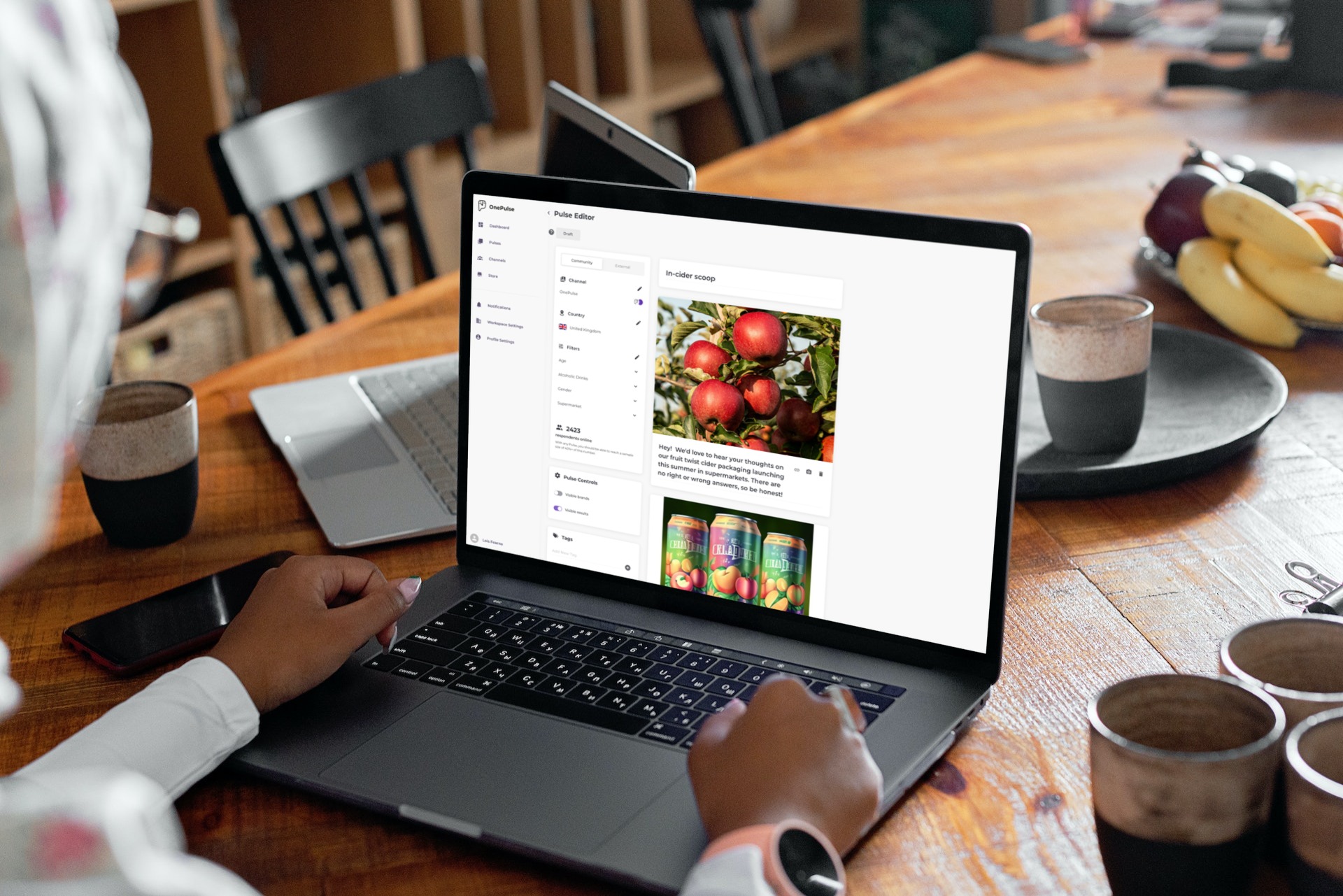Tips for Writing Top-Notch Questions
Our Community Engagement team has written thousands of questions that keep our community coming back for more. We’ve compiled some best practices and tips to help you ace your Pulse!

By Lois Fearne
When it comes to writing questions, our Community Engagement team has to be on its A Game—they’ve written tens of thousands of questions that keep our community coming back for more. For Pulsers, OnePulse is much more than a survey app—it’s a place where they can keep their finger on the Pulse with news and entertainment from home and around the world all 365 days the year
In fact, that’s how we maintain a 40% response rate (compared to 1-2% industry average), so you can expect more rapid, targeted, and accurate feedback than traditional research.
We’ve compiled some best practices and tips to help you ace your Pulse questions that lead you to actionable insights. Hope you find them helpful!
1. Keep the language simple
A good rule of thumb when it comes to Pulsing is to write as you speak. Use plain simple English, remove all that jargon and acronyms and write for the least-informed Pulser.
💡Pro Tip: Before sending your Pulse, take a moment to put yourself in the shoes of the Pulser and ask yourself, “If I didn’t know much about [topic], is my Pulse easy to understand?” If not, make the necessary changes.
2. Make answering your Pulse easy
Always give clear response options that don’t require the Pulser to overthink, and never create questions that the Pulser can’t accurately answer due to restrictive answer options. There are two additional options we recommend you use within your Pulses to avoid collecting inaccurate data:
Other (please comment) – This option allows the Pulser to provide an alternative answer that is not listed.
None of these – Sometimes a Pulser can’t relate to any of your answers, so we strongly recommend you always give them the option to specify if a question is irrelevant to them.
Our ‘None of these ‘ feature on multiple-choice and drag-and-drop questions allows you to include a neutral answer to your Pulse without using up one of your answer options. From a Pulser perspective, ‘None of these’ (or whatever copy you chose) will be presented at the bottom of their answer list, even if Shuffle is on. The ‘None of these’ is an exclusive choice, so once the Pulser taps on it, they can advance to the next question, and you can be confident the data you’re collecting is accurate.
3. Don’t push the Pulser to answer a certain way
In short, don’t let your own opinion wander into the question. For example, instead of asking, “How much did you love our amazing new Christmas ad?” ask, “What did you think of the Christmas ad?”.
💡Pro Tip: If you’re worried your question is leading, try making it a “Agree or disagree?” statement or asking the Pulser to fill in the blank.
4. Give your answers a shuffle
Unless you’re using a scale (e.g. Strongly agree to Strongly disagree), you should Shuffle (randomise) your answer options for exclusive choice, multiple choice and ranking questions. Doing this means the first answer on the list for one Pulser won’t be the first one on the list for another, reducing question bias.
5. Never ask two questions in one question
Asking double-barrelled questions is a common survey writing mistake, and it’s a big no-no because it ruins results. Your question should be written so that only one thing is being measured at a time.
If your question has two subjects, it’s impossible to tell how the Pulser weighs in on the elements involved. For example, “Did you find the ad informative and funny?” is a double-barrelled question. It would make sense to break the question into two: how informative the ad was and how funny it was.
6. Use balanced answer options in scaled questions
Using answer choices that lean a certain way can result in inaccurate and misleading insights. For example, if you ask, “Do you support or oppose the use of e-scooters?” And you provide answers such as:
Strongly support
Support
Neither support nor oppose
You’re leaning the Pulser to support the use of e-scooters when they may feel the opposite. So, here’s how a set of balanced answer options would look to such a question:
Strongly support
Support
Neither support nor oppose
Oppose
Strongly oppose
Your scale should always be fairly weighted between positive and negative, with a midpoint for a neutral response.
7. Speak to the right people
Make use of our 65+ demographics to speak to the right people from the get-go. You can get pretty specific with questions too! Let’s say you want to speak to those who work from home; apply our Employment demographic to your Pulse and use the first question of your Pulse as a profiling question (e.g. Where do you work from the majority of the time?) and then the branching question type to dig deeper.
8. Get deep with open-ended questions
Open-ended questions ask the Pulser to answer the question in their own words allowing you to explore topics in greater depth with qualitative unbiased insights. Using open-ended questions on OnePulse lets you present your insights in ways other questions don’t. Our platform can automatically generate a word cloud that highlights the most common words that Pulsers have submitted to your question.
When should you use an open-ended question?
It comes down to what you’re trying to achieve. Looking for data to plot on a graph or percentages? Use close-ended questions, such as exclusive choice, multiple choice, ranking or scale. Want to dig deeper into our Pulsers and get more context behind their thoughts? Open-ended questions are perfect for this.
Here are a few suggestions on when you could use open-ended questions:
- You want to know the ‘why’. Example: asking the Pulser to rate your new packing from most to least attractive only tells you half the story. Following up with an open-ended question allows you to find out why they prefer package A over package B.
- You want to learn about unprompted awareness of your brand. Example: ask the Pulser “Thinking about [category], please list all the brands that instantly come to mind.”
- You want to determine whether your ads or creative message is communicated clearly and accurately to your target audience. Example: ask the Pulser “In a sentence or two, tell us the main message of the ad you just watched.”
- You want to gather ideas and spark ideas for a new product, service or ad. Example: ask the Pulser “If you could change one thing about [product], what would you change?”
The type of open-ended questions you ask will depend on the type of market research you’re running.
💡Make the Pulser feel special, and that you do really value their insight. Write your question so they’re personal e.g. “In your opinion…” or “We’d love to know what you think…”
💡Never send an open-ended question that can easily be answered by Yes/No
💡 Try combining closed and open-ended questions in the same Pulse. It makes the Pulse more enjoyable for the Pulser as opposed to being presented with multiple open-ended questions
And there you go! You’ve got tips & tricks directly from our team of engagement experts. Whilst they may seem simple, they are things that are easy to miss. Next time you write your questions, spend just a few extra moments putting yourself in the Pulser’s shoes. It’ll help transform your Pulse, we promise.
Are you still getting stuck or you want to get in touch with sales? Let’s talk!
Related posts








